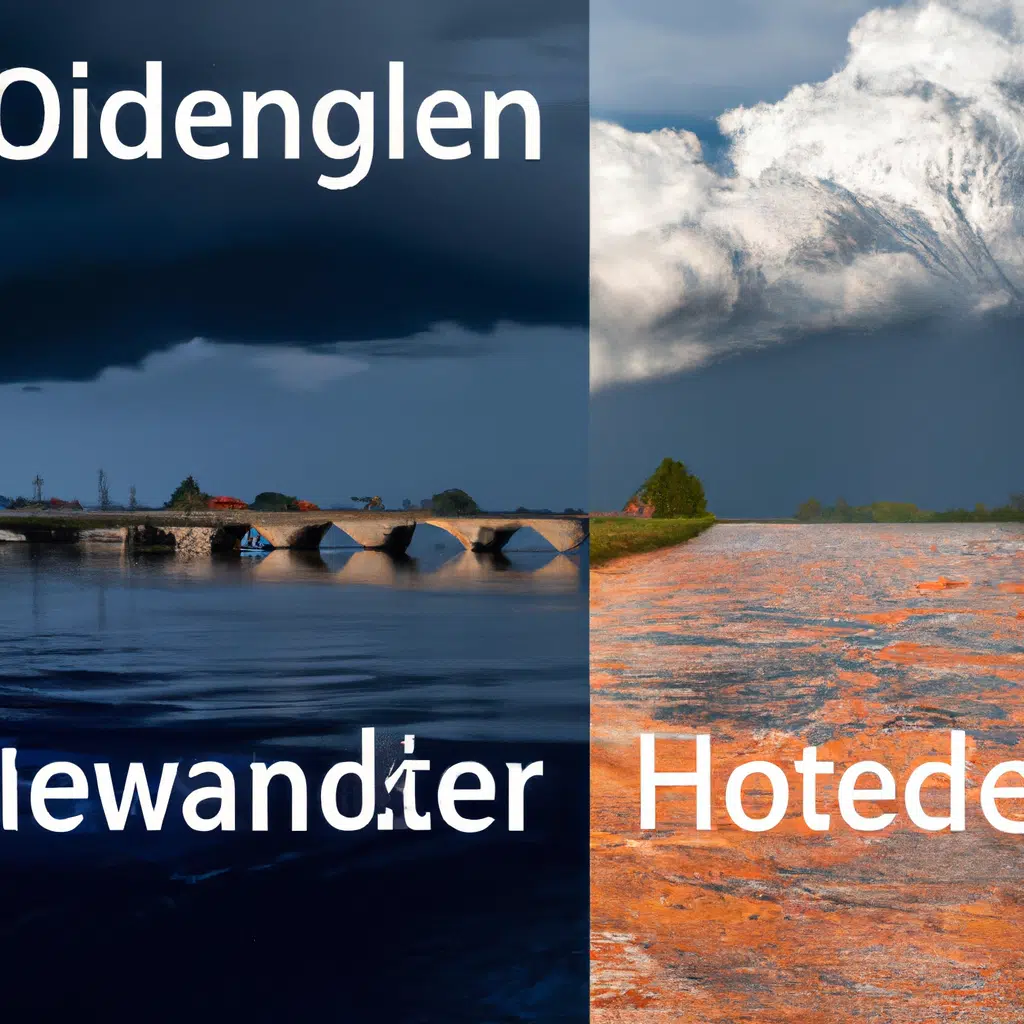Welcome to our comprehensive guide on how the Netherlands successfully tackled devastating floods and developed a robust disaster management strategy. In this article, we will delve into the history of flood management in the Netherlands, the challenges they faced, and the innovative solutions they implemented to transform their nation into a resilient powerhouse. Join us as we explore the journey from crisis to resilience, and learn valuable lessons that can be applied to disaster management worldwide.

The Netherlands and Its Battle with Floods
The Netherlands, often referred to as the “Low Countries,” has a long and complex relationship with water. Situated in a low-lying delta, the country is susceptible to flooding from rivers, storms, and the sea. Throughout history, floods have caused immense devastation, loss of life, and economic turmoil. However, these challenges have also paved the way for groundbreaking solutions and a remarkable transformation in the Netherlands’ disaster management approach.
Early Innovations: Building Dikes and Polders
In the early days, the Dutch realized the importance of building dikes and creating polders to reclaim land from the sea. Dikes, which are embankments constructed along water bodies, played a crucial role in protecting vulnerable areas from flooding. Polders, on the other hand, are areas of land that have been drained and enclosed by dikes. These innovations were key to preventing floods and expanding habitable land, laying the foundation for future advancements in flood management.
The Devastating North Sea Flood of 1953
The North Sea Flood of 1953 stands as a pivotal moment in the history of Dutch flood management. This catastrophic event claimed the lives of over 1,800 people and caused widespread destruction along the Dutch coastline. It served as a wake-up call, prompting the Netherlands to reassess its approach to disaster management and embark on a mission to enhance its resilience against future flooding.
The Delta Works: A Marvel of Engineering
In response to the North Sea Flood, the Dutch government initiated a visionary project known as the Delta Works. This ambitious undertaking aimed to protect the vulnerable southwestern part of the country from the forces of the sea. The Delta Works involved the construction of an intricate network of dams, barriers, and storm surge barriers, effectively closing off vulnerable estuaries and reducing the flood risk to a minimum.
Embracing Innovation: The Role of Technology
The Netherlands’ journey towards resilience was not limited to physical infrastructure alone. The country embraced technological advancements to enhance its flood management capabilities. Remote sensing, data analytics, and real-time monitoring systems became integral components of the Dutch disaster management strategy. These innovations enabled authorities to gain valuable insights into flood patterns, anticipate risks, and respond swiftly and effectively during crisis situations.
Collaboration and Community Engagement
An essential aspect of the Netherlands’ success in overcoming floods and building resilience lies in its emphasis on collaboration and community engagement. Recognizing that flood management is a collective responsibility, the Dutch government actively involved citizens, local communities, and stakeholders in decision-making processes. This collaborative approach fostered a sense of ownership, resilience, and preparedness among the population, ensuring a unified response to potential disasters.
Sustainable Water Management: Balancing Nature and Infrastructure
The Netherlands has also prioritized sustainable water management, seeking to strike a balance between nature and infrastructure. The concept of “Room for the River” exemplifies this approach, where instead of solely relying on traditional flood defenses, the country has embraced measures that allow rivers to safely overflow into designated floodplains. This innovative strategy not only reduces flood risks but also benefits ecosystems and preserves natural habitats.
Conclusion
In conclusion, the Netherlands’ journey from crisis to resilience serves as an inspiration for nations worldwide. Through a combination of early innovations, visionary engineering projects like the Delta Works, technological advancements, collaboration, and sustainable water management, the Dutch have transformed their vulnerability to floods into a strength. By embracing these lessons and adapting them to their unique contexts, other countries can build robust disaster management strategies and mitigate the devastating impact of floods. Let us learn from the Netherlands’ triumphs and continue working towards a safer and more resilient world.
Remember, disaster management requires ongoing efforts and continuous adaptation. By prioritizing resilience, investing in infrastructure, and engaging communities, we can overcome the challenges posed by floods and safeguard our future. Together, we can build a world where crises are transformed into opportunities for growth and resilience.















